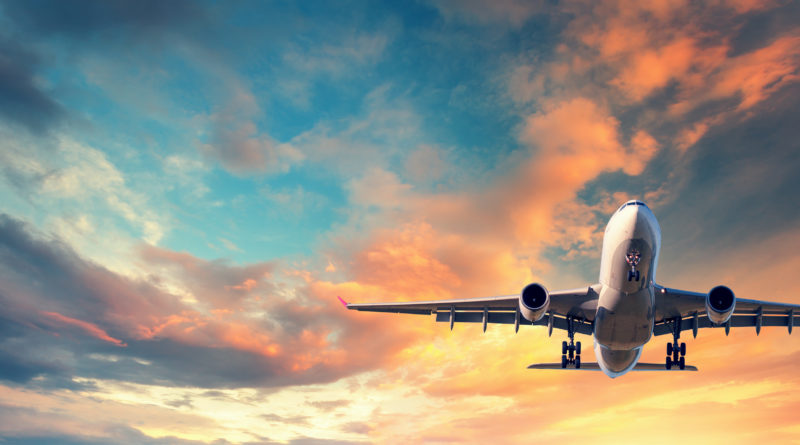In One Night, WOW Airlines Stopped Existing
10,216 total views, 1 views today
On the night of March 27th, WOW Airlines was a fully functional, operating enterprise. By the time the sun rose on March 28th, the airline no longer existed.
In a travel alert posted during the wee hours of March 28th, WOW — an Icelandic low-cost carrier — announced that it has entirely ceased its operations. The airline’s collapse may have occurred so abruptly because, supposedly, creditors unexpectedly repossessed the entire WOW fleet.
Immediately upon publishing its travel alert, WOW canceled all its flights. The airline took no responsibility, financial or otherwise, for its customers’ alternate travel plans. It simply told travelers to contact other airlines for new tickets.
Some airlines, knowing the dire circumstances that WOW’s customers faced, decided to offer discounted “rescue fares.” Icelandair, perhaps the only Icelandic carrier more prominent than WOW, offered fares within Europe for $60 and to North America for $100. Prior to WOW’s collapse, Icelandair had almost purchased WOW, but that arrangement fell through late in 2018. On March 24th, further negotiations about the purchase came to a final close, perhaps spelling out WOW’s ultimate fate.
In addition to Icelandair, United Airlines also stepped in with rescue fares upon WOW’s collapse. According to the investment firm Stifel, United positioned itself to earn more money on rescue fares than any other airline that offered these fares, including Norwegian Air and Irish carrier Aer Lingus. Stifel also noted that WOW flights only made up 1 percent of all air travel between the U.S. and Europe, but WOW nonetheless drove airfare prices down at other airlines with its competitive, affordable rates.
WOW’s lifetime wound up being rather short for that of an airline. Chief executive Skuli Mogensen founded the carrier in 2012. In 2018, WOW had thousands of employees and 11 aircraft, in which over three million travelers flew that year. In a letter to his employees shortly after the travel alert was issued, Mogensen expressed regrets at not taking quicker, more drastic action to rescue the airline from its well-documented financial woes.
Signs of WOW’s potential financial ruin became especially apparent in 2017, when a company earnings report reflected that the airline’s revenue per passenger had begun to slip. It began seeking a buyer in mid-2018, when its talks with Icelandair began. Last year, WOW also attempted to negotiate a buyout from Indigo Partners, which oversees the American airline Wizz.
Financial troubles for WOW may have a ripple effect in the airline’s native Iceland. In 2017, tourism accounted for 43 percent of the island nation’s GDP. WOW may actually have driven the country’s well-documented tourism boom, with exponential tourism growth starting the year after WOW launched and began offering its famed $99 international flights.
It was those same discounted fares, though, that may have ultimately led to WOW’s demise. Mogensen, in an interview following WOW’s collapse, mentioned that rising oil costs in 2018 made it difficult for WOW to maintain both its beloved low-budget fares and its business operations. WOW isn’t the first carrier to crumble in the face of such financial challenges — in fact, they’re the 21st to do so in merely the past year.

